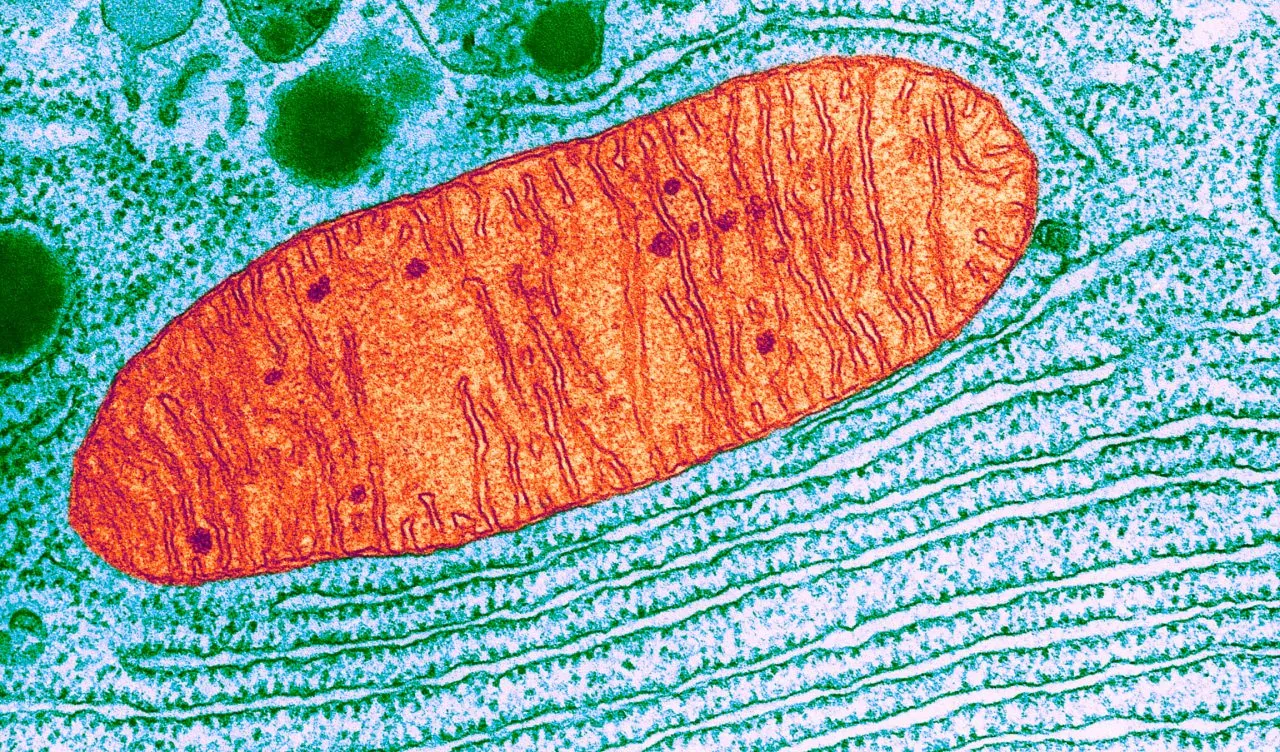
For the past year or so, I’ve been attempting to develop a hypothesis that unifies a lot of concepts in biology. My primary interest is understanding respiration at the cellular level and at the organism level; understanding the interplay between the two; and how that interplay, manifests as observable physiology, pathology, and psychology.
Just uttering the word unify in scientific circles if you are keen enough to notice, draws a target on your back, and rightfully so. There is no shortage of hair brained drain circling ideas out there. Criticism is welcome.
Though I work in the field of pathology, more specifically histology, I generally prefer the somewhat out of fashion term histophysiology to describe the things that interest me. Here is why:
Histophysiology: a branch of physiology concerned with the function and activities of tissues; structural and functional tissue organization.
Pathology: the study of the essential nature of diseases and especially of the structural and functional changes produced by them; something abnormal; the structural and functional deviations from the normal that constitute disease or characterize a particular disease.
Physiology: a branch of biology that deals with the functions and activities of life or of living matter (such as organs, tissues, or cells) and of the physical and chemical phenomena involved.
Pathophysiology: the physiology of abnormal states.
Histology: a branch of anatomy that deals with the minute structure of animal and plant tissues as discernible with the microscope; tissue structure or organization.
Its more useful from my perspective to understand how cells work rather than deviation from normal, as normal is subjective. I am more comfortable with classifying various diseases and pathologies as dynamic phenotypes.
This is important to me for several reasons. First, classifying various pathologies as phenotypes allows us to understand, at least in thinking, that a disease is an adaptation (bear in mind that adaptation does not necessarily mean the adaptation is subjectively beneficial). The abnormal (phenotype), if you will, is the dynamic response of the cell to dynamic conditions.
The problem with the word disease, with the way we perceive disease, is that it implies that the cell is responding irrationally and independent of the environment when in fact the cell is responding very rationally and quite dependently on the environment.
From a philosophical perspective it is a misunderstanding to say when environmental conditions produce abnormal phenotypes that the environment is somehow defected. In one sense this is true, but only in the sense of how we perceive what normal is. Cells respond to the environment and adapt to the conditions of the environment, rationally. Cells don’t respond independently of their environment for our sake.
While that may sound like semantics it is necessary.
There is a dynamic relationship that the cell has with its environment to include energy substrates. Certain types of cells prefer different kinds of energy substrates. And on a bigger scale, groups of cells that compose larger structures like tissue, control their local environment to ensure they receive proper energy substrates.
When the internal environment of a tissue type no longer has access to a preferred energy substrate the cell/tissue can intermittently physiologically adapt to another energy substrate. However, a chronic shift to an unpreferred energy substrate will eventually cause a shift in the cellular phenotype and through proliferation, eventually affect tissue structure and function. That may or may not be subjectively beneficial.
While cells certainly respond to the conditions of their environment, a group of cells can also generate an internal environment to support their group level goals by using other energy substrates via in situ structure to generate a gradient barrier. The generated gradient barrier that protects the group level preferred environment and access to the tissues preferred energy substrates is called an organ.
Via structure, energy substrates can then be routed to various locations and the preferred mixtures of energy substrates can be taken up by different cells and tissue types that have different requirements to maintain their preferred internal environment to support their overall structure and functionality. It is important to understand that this preferred functionality is interdependent on other tissues/organs behaving in their preferred manner and maintaining their preferred internal environment. The saying: One man’s trash is another man’s treasure applies. When all cells/tissues/organs are interdependently in concert we call this an organism.
When conditions change and a tissue can no longer access its preferred energy substrate, an intermittent physiological switch to another energy substrate occurs, if the access to the preferred energy substrate is chronically bottlenecked, the internal environment of a group of cells fundamentally changes. When this occurs this affects the energy substrate supply to other groups of tissues because the concert is over. A systemic phenotypical shift begins.
If the phenotypical shift is chronic, there is then deviation from the baseline phenotype, this deviation fundamentally alters tissue structure and function and the concert is now playing another piece which you may or may not enjoy.
As humans we strive to keep the original concert going. The piece we enjoy. The piece we call I or myself. We all sense when something is out of tune. Sometimes its just one violinist others its the whole section and at our worst the whole orchestra is out of tune or no longer playing our favorite piece.
The question is how do we ensure the internal environment stays in concert playing I for as long as possible so you can adapt and respond appropriately to the external environment consciously and unconsciously.